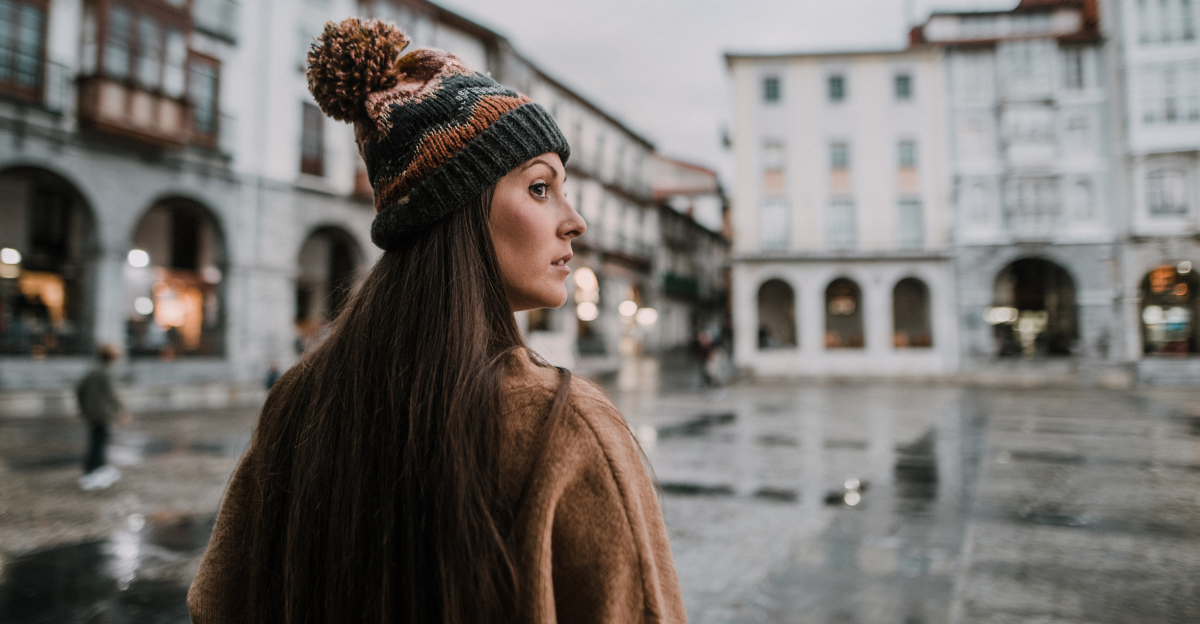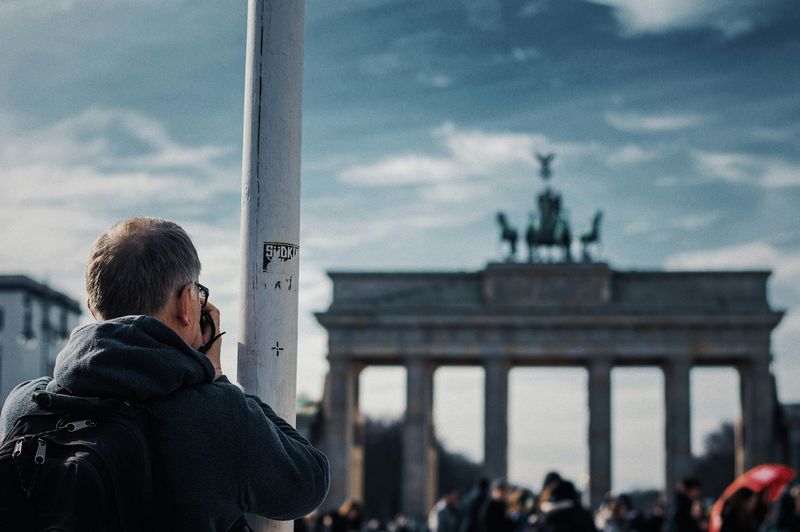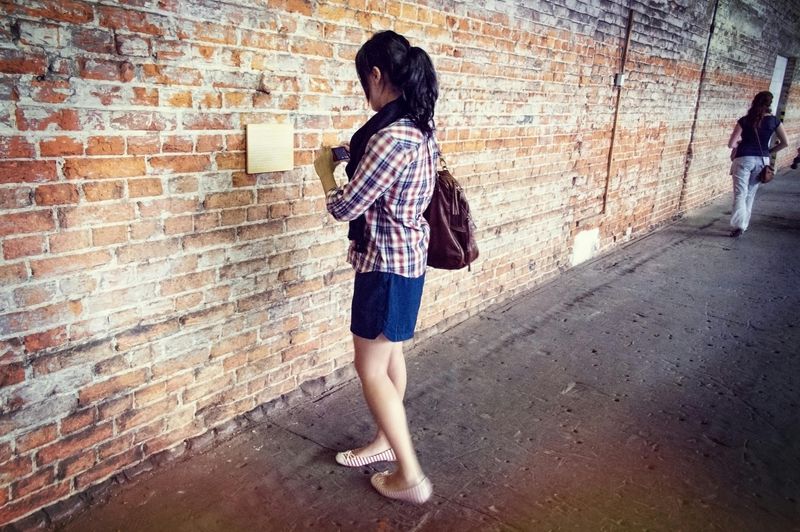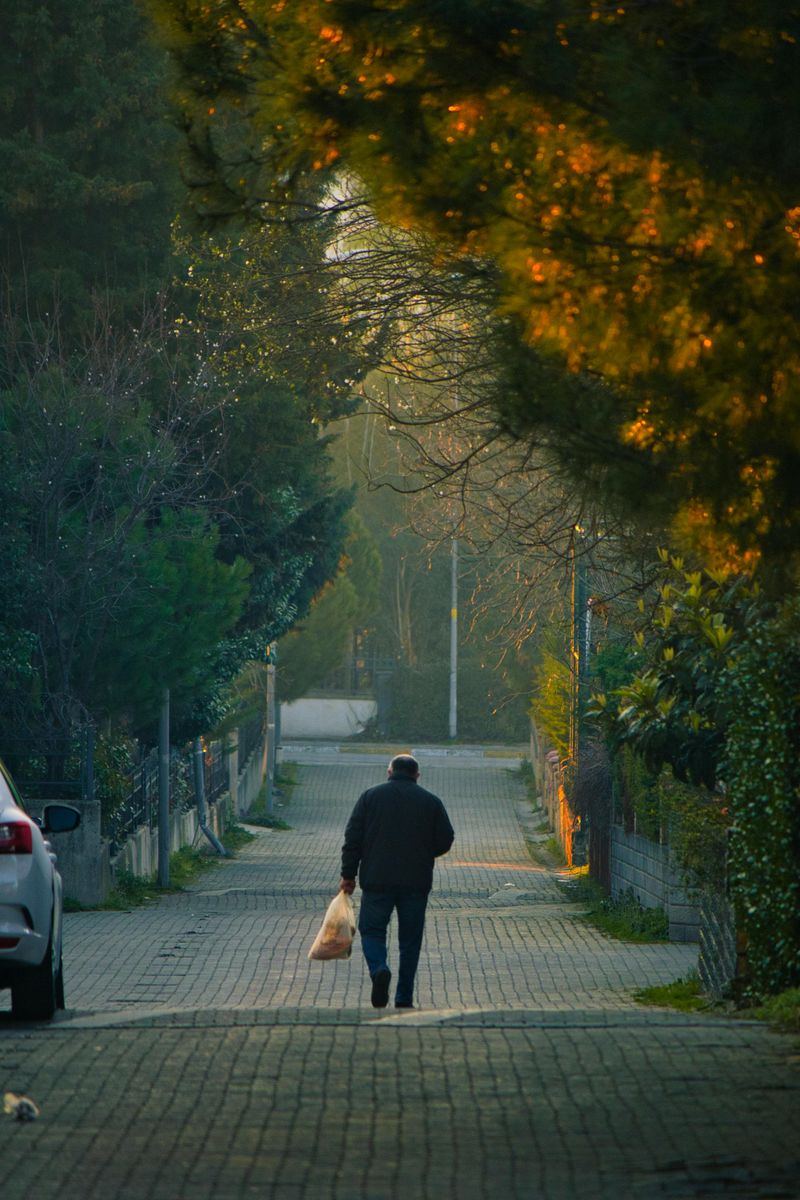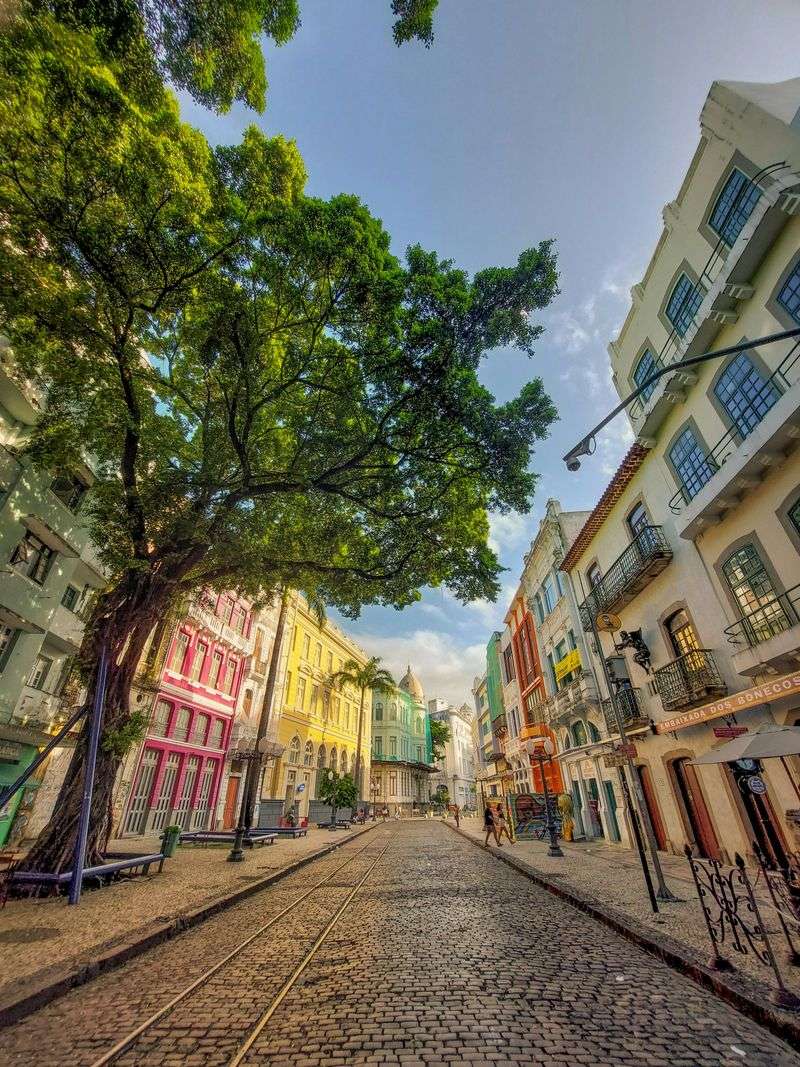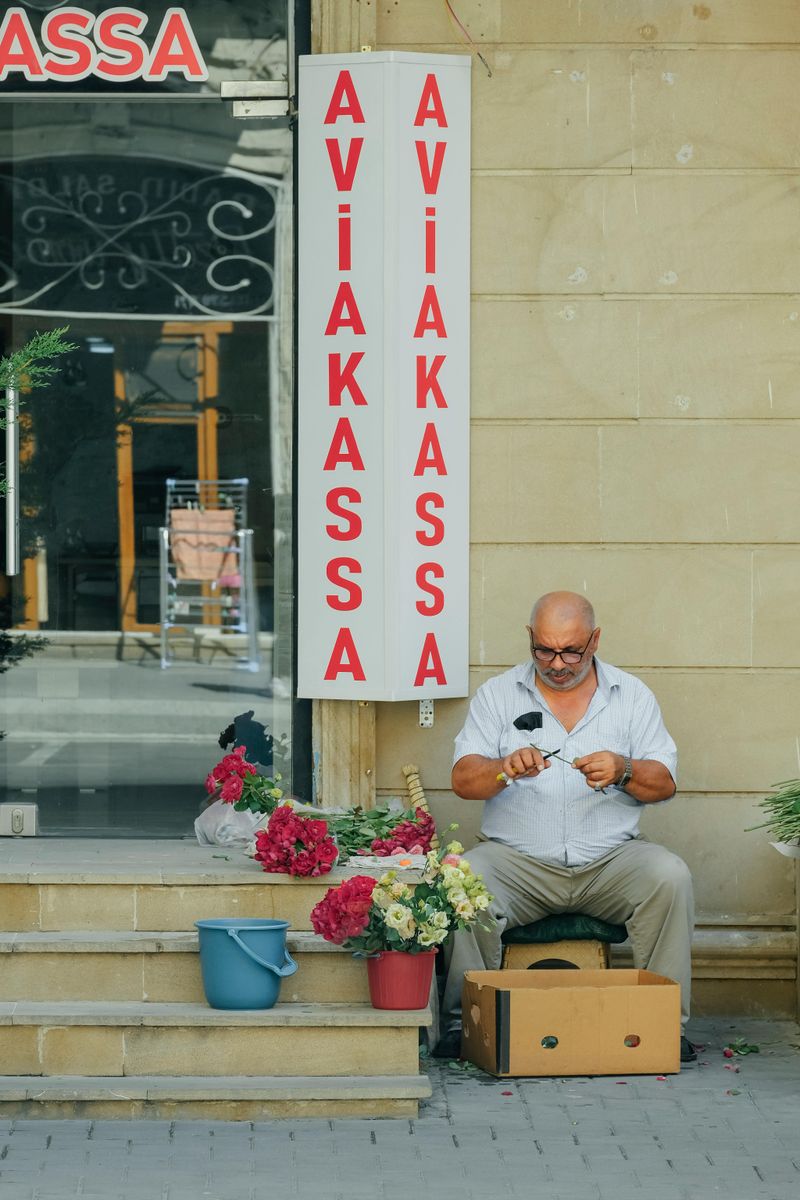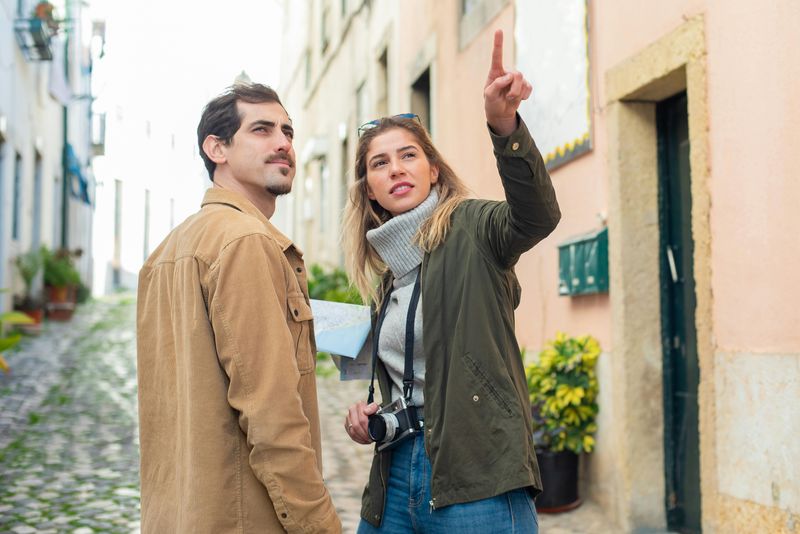When was the last time you really looked at your city? Most of us rush through familiar streets without a second glance, blind to the beauty and history surrounding us.
But when you slow down and explore your hometown like a visitor would, something magical happens—you fall in love with your city all over again.
Here are twelve powerful ways this simple shift in perspective can transform how you see the place you call home.
1. You Notice Details You’ve Ignored for Years
Walking the same route every day creates a kind of tunnel vision. Your brain switches to autopilot, filtering out everything except what’s necessary to get from point A to point B. But tourists move differently—they look up, sideways, and all around.
When you adopt their mindset, suddenly the intricate carvings above that coffee shop entrance pop into view. You spot colorful murals tucked between buildings, quirky window displays, and architectural features you’ve passed a thousand times without seeing. Each discovery feels like finding treasure in your own backyard.
These small details tell stories about your city’s character and history. They remind you that beauty exists everywhere, waiting patiently for someone to notice.
2. You Rediscover Local Landmarks with Fresh Appreciation
That famous statue downtown? You probably stopped seeing it years ago. Landmarks become invisible when they’re part of your daily scenery, just another object to navigate around on your commute.
Viewing them through a tourist’s eyes changes everything. You might actually walk up close instead of hurrying past. You notice the craftsmanship, the way light hits the structure at different times of day, or the interesting shadows it creates.
Maybe you’ll even take a photo—something you’d normally consider silly since you live here. But that’s exactly the point. These landmarks attracted attention for good reasons, and rediscovering them helps you understand why visitors travel miles to see what you’ve been taking for granted all along.
3. You Actually Stop to Read Plaques and Signs
How many historical markers have you walked past without reading? If you’re like most locals, the answer is hundreds. Those plaques blend into the background noise of city life, just more clutter competing for attention.
Tourists, however, treat each sign like a mini museum exhibit. They pause, read every word, and often snap photos to remember the information later.
When you start doing the same, you unlock fascinating stories about your city. You learn about battles fought on that corner, famous people who lived in that building, or how your neighborhood got its unusual name. Each plaque becomes a portal to the past, connecting you to the people and events that shaped your community into what it is today.
4. You Realize How Much the City Has Changed—and How Much It Hasn’t
Change happens so gradually that you barely register it happening. One day that bookstore is there, the next month it’s a smoothie bar, and you can’t quite remember when the switch occurred. Living somewhere makes you blind to transformation.
Tourist mode activates your observation skills. You start noticing which buildings have been renovated and which haven’t changed in decades. You spot new construction next to century-old architecture.
This awareness creates a deeper appreciation for both progress and preservation. You see how your city balances growth with heritage, which neighborhoods resist change, and where development happens fastest. Understanding this evolution helps you feel more connected to your community’s story and your place within it.
5. You Find Beauty in the Ordinary Streets You Rush Through Daily
Your regular route to work probably feels about as exciting as brushing your teeth. Routine breeds boredom, and boredom makes everything look gray and forgettable. You’ve categorized these streets as mere connective tissue between important places.
But tourists don’t make those distinctions. They find charm in residential streets with colorful front doors, tree-lined sidewalks with dappled sunlight, and corner stores with hand-painted signs.
When you slow down and really look, you’ll discover that beauty isn’t reserved for tourist districts. It exists on your boring commute too—in the way morning light hits brick walls, how seasons change the street trees, or the friendly cat that always sits on that particular porch. Ordinary becomes extraordinary when you give it attention.
6. You Reconnect with Local History and Culture
When did you last visit your city’s history museum? If you’re honest, probably not since that school field trip years ago. Locals rarely explore the cultural attractions that define their hometowns, assuming they’ll get around to it eventually.
Tourists prioritize these experiences because they want to understand the place they’re visiting. Following their lead opens doors you’ve been walking past forever.
You might discover that your city played a crucial role in important historical events, produced famous artists or inventors, or has unique cultural traditions worth celebrating. This knowledge creates pride and belonging. It transforms your city from just where you happen to live into a place with meaning, depth, and stories that deserve to be known and shared.
7. You Support Small Businesses You Never Noticed Before
That family-owned restaurant tucked between chain stores? You’ve probably never given it a second thought. Locals develop habits, returning to the same familiar places while overlooking alternatives right under their noses. Convenience and routine win out over exploration.
Tourists excel at finding hidden gems because they research and wander with open minds. They seek authentic local experiences rather than defaulting to recognizable brands.
Adopting this approach introduces you to incredible businesses you’ve been missing. You’ll find that bookstore with the knowledgeable owner, the bakery making everything from scratch, or the vintage shop with treasures from decades past. Supporting these places strengthens your community while enriching your own life with better quality, more personality, and genuine connections with business owners.
8. You Feel a Sense of Pride Instead of Routine
Familiarity often breeds a kind of dismissive attitude toward home. You might complain about traffic, weather, or lack of excitement compared to other cities. When something is always there, it’s easy to focus on flaws rather than strengths.
Tourists arrive with enthusiasm and curiosity. They’re excited to explore, and their positive energy is contagious if you let it be.
Seeing your city through their appreciative eyes reminds you why it’s special. Maybe the parks are actually quite beautiful, the food scene more diverse than you realized, or the architecture genuinely impressive. This shift from taking things for granted to feeling genuine pride changes your entire relationship with home. You become an ambassador rather than a critic, someone who celebrates rather than complains.
9. You Uncover Hidden Gems—Parks, Cafés, Trails—Right Under Your Nose
Every city has secret spots that locals somehow miss despite living there for years. Maybe it’s a quiet park behind commercial buildings, a hiking trail you never knew existed, or a cozy café on a street you rarely travel. These places hide in plain sight.
Tourists armed with guidebooks, apps, and recommendations often discover these treasures before longtime residents do. They’re actively searching for special experiences rather than sticking to established patterns.
When you adopt their exploratory mindset, you’ll be amazed at what you find. That hidden garden becomes your new reading spot, the secret trail your weekend escape, and the tucked-away café your favorite meeting place. Your city expands beyond your usual boundaries, offering fresh experiences without requiring travel.
10. You Become More Mindful and Present in Familiar Places
Autopilot mode dominates local life. You navigate familiar spaces while mentally somewhere else entirely—planning dinner, replaying conversations, or scrolling through your phone. Physical presence without mental presence becomes the norm.
Tourists practice presence naturally because everything is new and requires attention. They notice, absorb, and experience rather than zone out.
Borrowing this mindfulness transforms ordinary moments into meaningful ones. You actually taste your morning coffee instead of gulping it down. You hear birds singing in that park you cut through daily. You feel sunshine on your face during your lunch walk. This present-moment awareness reduces stress, increases appreciation, and makes life feel richer. Your city becomes a place to experience rather than just a backdrop to your distracted existence.
11. You See How Visitors Experience Your Community
Have you ever really considered what tourists see when they visit your city? Their fresh perspective reveals both strengths and weaknesses you’ve become blind to through familiarity. They notice if streets are clean, people are friendly, or directions are confusing.
Observing tourists in action provides valuable insights. You see which attractions draw crowds, which neighborhoods they avoid, and what surprises or delights them most.
This outside perspective helps you understand your community’s identity and reputation. You might discover that visitors appreciate things you consider ordinary, or struggle with aspects you navigate effortlessly. Understanding the tourist experience creates empathy and often inspires you to be more welcoming, helpful, and proud of what your city offers to both visitors and residents alike.
12. You Remember Why You Fell in Love with This Place in the First Place
Whether you were born here or chose to move here, something about this city once captured your heart. Maybe it was the energy, the opportunities, the natural beauty, or the sense of community. But over time, daily frustrations and routine can bury that initial spark.
Tourist mode strips away the accumulated complaints and reminds you of the good stuff. You rediscover what makes this place worth living in, what drew you here, and what keeps you here despite challenges.
This renewed appreciation feels like coming home emotionally, even though you never left physically. You reconnect with the love that’s been hiding beneath layers of familiarity. Your city transforms from a place you simply inhabit into somewhere you actively choose and cherish once again.
